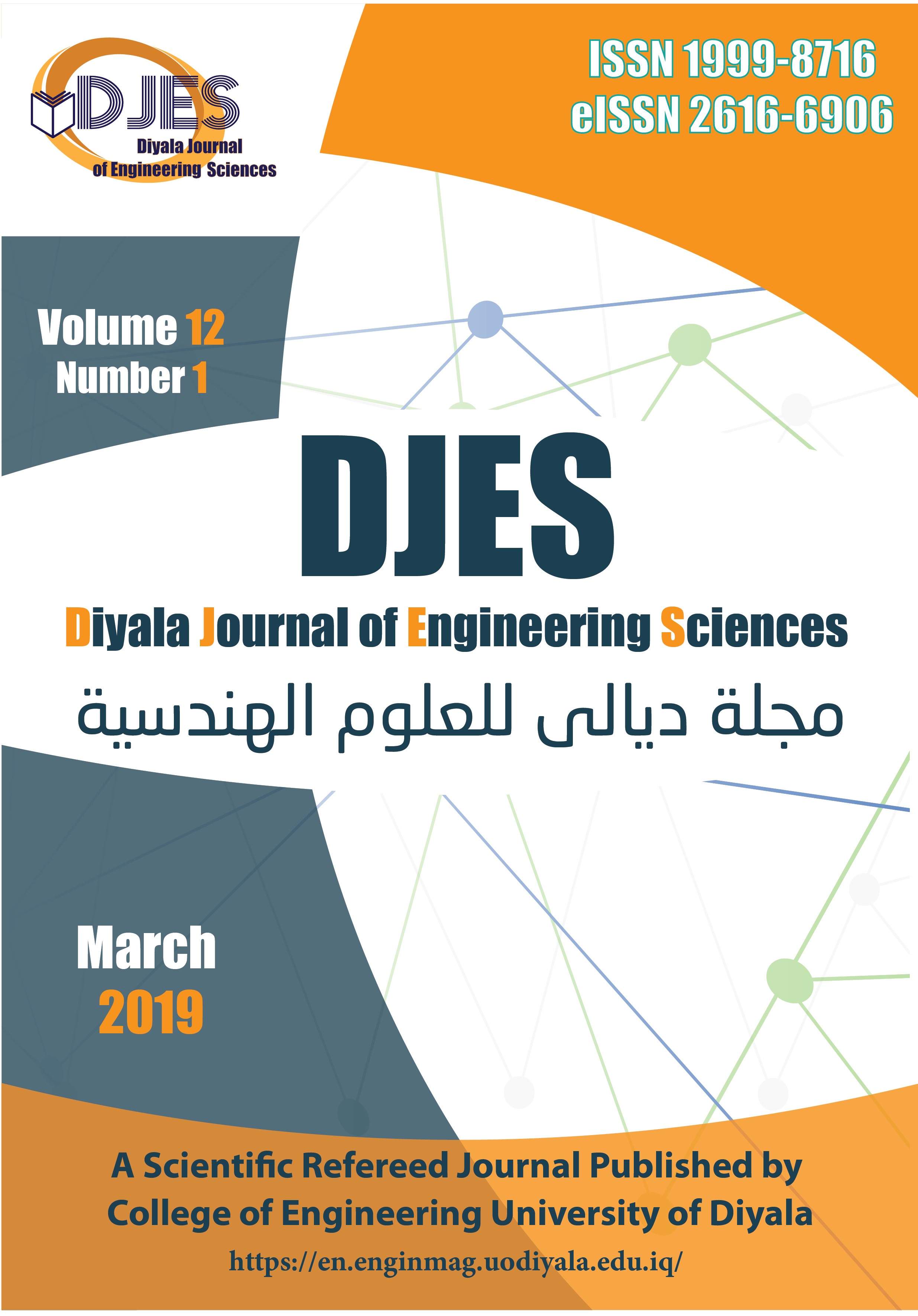Abstract
A numerical study on the performance of the
nano-scale antenna based on VeeYagi-Uda
geometry that is constructed from Nano ShellSilver Coated Silica (NSSCS) chains is
investigated for tunable solid-state laser
applications. In this study, a Finite Integral
Technique (FIT) based on the formulations of
Computer Simulator Technology-MicroWave
Studio (CST MWS) software package is invoked
to evaluate the antenna parameters such as:
Reflection coefficient (S11), gain/ directivity, and
directivity. Before conducting the simulation
study, the refractive index properties of the
NSSCS are evaluated according to Lorentz
distribution function of a hetero-structure
junction. The proposed antenna shows three
resonance modes at 75 THz, and 175 THz, and
266 THz. It is found the best antenna matching,
S11<-10dB, at 75 THz and 175 THz about -23 dB
and -15 dB, respectively. However, at 266 THz,
it is found -3 dB in max. The antenna shows
acceptable gain values at the three considered
frequencies about 2.5 dBi, 3.5 dBi, and 2 dBi,
consistently. Therefore, the antenna exhibits a
high directivity at 175 THz and 266 THz in
comparison to the first mode at 75 THz. Next, a
matching circuit is coupled to a nano-circuitry to
tune antenna around 175 THz. The maximum
emitted electric field is found to be around 175
THz. Finally, it is found that the introduction of
the matching circuit has a significant tuning
ability on the second mode at 175 THz; however,
at the other two modes the tuning does not show
a significant change.
nano-scale antenna based on VeeYagi-Uda
geometry that is constructed from Nano ShellSilver Coated Silica (NSSCS) chains is
investigated for tunable solid-state laser
applications. In this study, a Finite Integral
Technique (FIT) based on the formulations of
Computer Simulator Technology-MicroWave
Studio (CST MWS) software package is invoked
to evaluate the antenna parameters such as:
Reflection coefficient (S11), gain/ directivity, and
directivity. Before conducting the simulation
study, the refractive index properties of the
NSSCS are evaluated according to Lorentz
distribution function of a hetero-structure
junction. The proposed antenna shows three
resonance modes at 75 THz, and 175 THz, and
266 THz. It is found the best antenna matching,
S11<-10dB, at 75 THz and 175 THz about -23 dB
and -15 dB, respectively. However, at 266 THz,
it is found -3 dB in max. The antenna shows
acceptable gain values at the three considered
frequencies about 2.5 dBi, 3.5 dBi, and 2 dBi,
consistently. Therefore, the antenna exhibits a
high directivity at 175 THz and 266 THz in
comparison to the first mode at 75 THz. Next, a
matching circuit is coupled to a nano-circuitry to
tune antenna around 175 THz. The maximum
emitted electric field is found to be around 175
THz. Finally, it is found that the introduction of
the matching circuit has a significant tuning
ability on the second mode at 175 THz; however,
at the other two modes the tuning does not show
a significant change.
Keywords
Antenna
laser
Silica.
